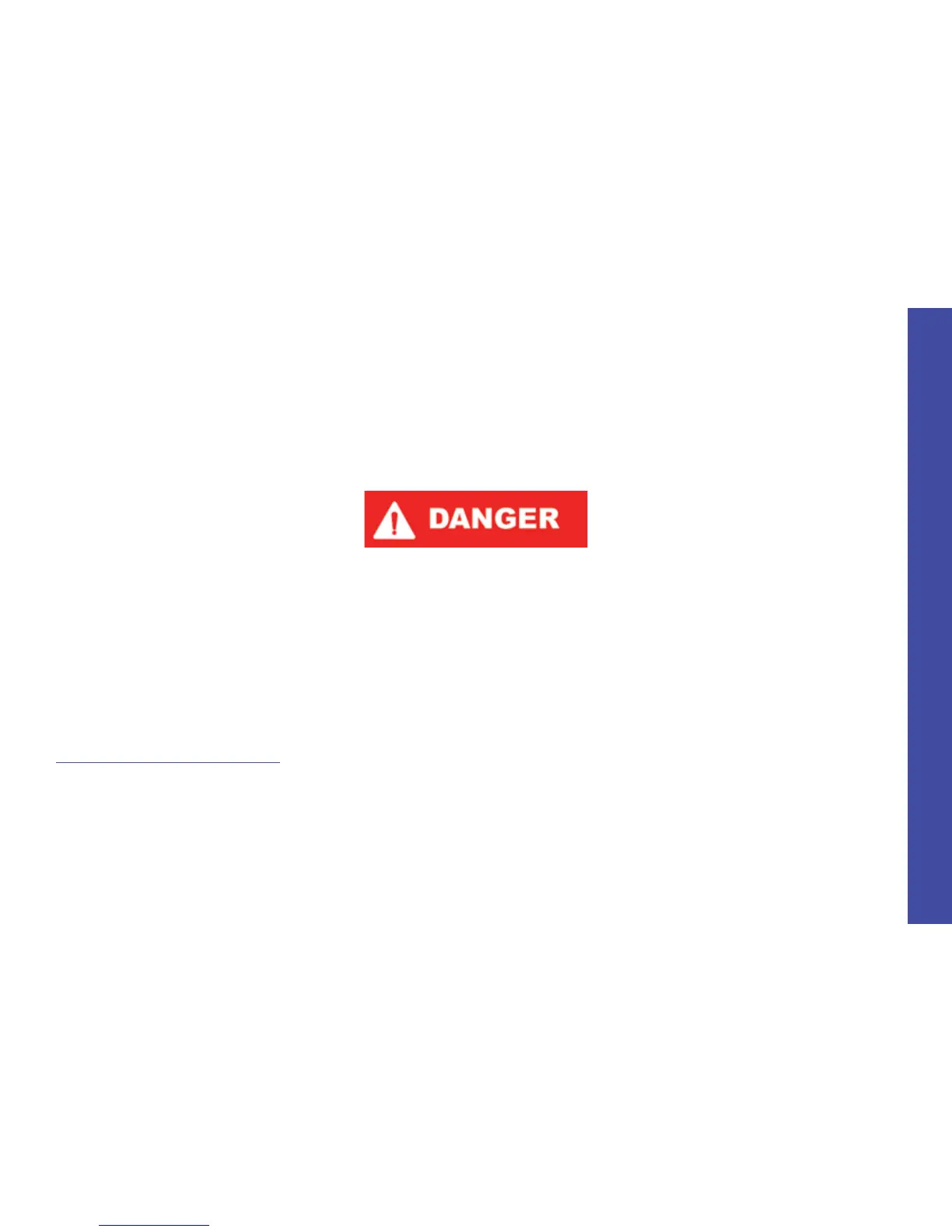Preparation • 2014 MasterCraft Owners Manual Page 5-15
P R E P A R A T I O N
At high speed, there is compensation for
this effect, so that unequal thrust is virtually
non-existent. But, at slow speed—and es-
pecially during backing—the effect can be
very pronounced. This is the main reason
that most experienced drivers approach with
the dock to the starboard side of the boat.
Stopping—or checking headway—is a
technique that must be mastered. With no
brakes, reverse must be used to stop the
boat. The momentum of the boat will vary
according to the load. Make it a practice to
slow to no-wake speed before shifting into
reverse.
When practicing maneuvering tech-
niques, always do so in open water that is
free of trafc. Adequate practice may make
the difference between a pleasurable boat-
ing experience or a potentially damaging
(at the very least, embarrassing) one.
High Speed Operation
MasterCraft boats are designed to ac-
commodate professional drivers with ad-
vanced operating skills who can perform
high-speed maneuvers and turns on-a-
dime. DO NOT attempt to duplicate or
simulate these feats. Paid, professional
drivers log thousands of hours on the wa-
ter and carefully choreograph every move.
Plans are made in advance in the event the
routine must be aborted. Maneuvers of this
nature could cause serious injury or death,
as well as damage to your MasterCraft boat
that will not be covered under warranty.
Boat operators should never attempt to
duplicate operational skills of professional
drivers. When such maneuvers fail, it can
result in serious injury or death.
For the best engine performance and
longevity, the wide-open-throttle (WOT)
engine operation must be near the top of,
but within, the specied WOT operating
range. To adjust the WOT operating range,
select a propeller with the proper diameter
and pitch. The propeller supplied on the
boat was chosen for best all-around perfor-
mance under average operating conditions.
Load, weather, altitude and boat condi-
tion all affect WOT engine operation. If the
boat is used for several different applica-
tions such as wakeboarding, barefooting
and cruising, it may be necessary to have
two (2) or more propellers of differing size
and pitch to allow the engine to operate in
the WOT range for each application.
Propping the boat should be done after
the boat is loaded in the manner in which it
would normally be loaded for each applica-
tion. For example, in propping the boat for
wakeboarding, ll the ballast tanks and add
the people and gear that normally would be
expected in the boat. Take the boat out and
after warm-up, run it at wide-open-throttle
and note the maximum RPM. EFI engines
are equipped with RPM limiters to prevent
over-revving. Take note if the RPM limiter
is activated.
If the WOT RPM is higher than the
maximum RPM in your engine’s WOT op-
erating range, the boat is under-propped.
Installing a higher-pitched propeller will
reduce the WOT RPMs. An engine that is
over-revving may quickly experience cata-
strophic damage, which will not be covered
under warranty.
If the WOT RPM is lower than the mini-
mum RPM in your engine’s WOT operat-
ing range, the boat is over-propped. Install-
ing a lower-pitched propeller will increase
WOT RPMs.

